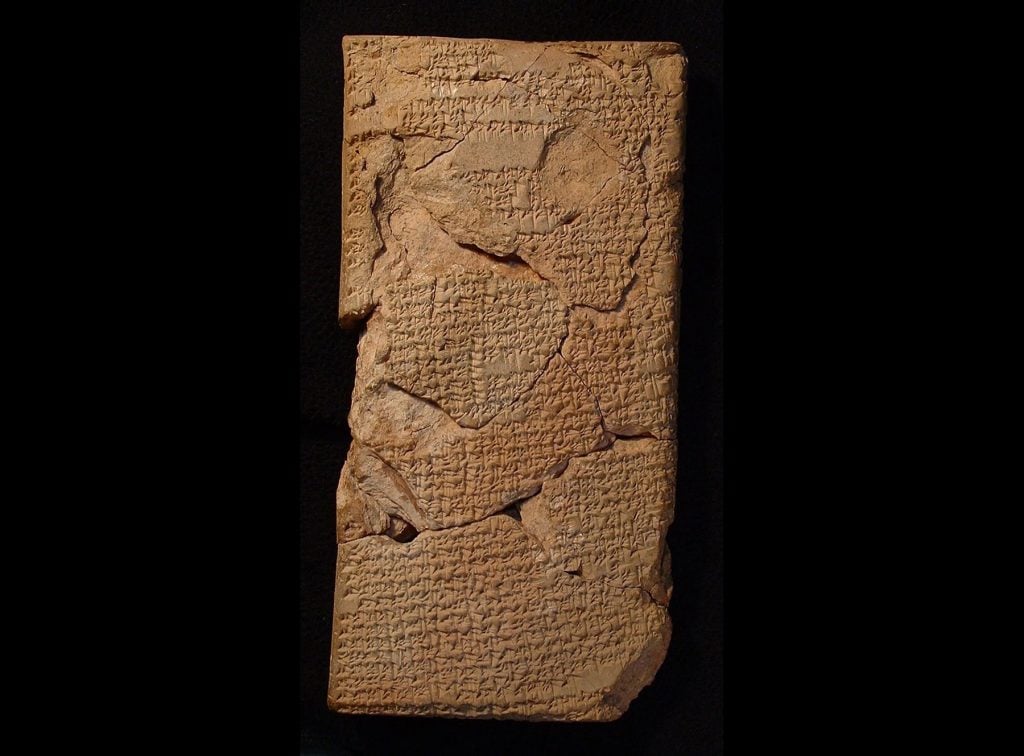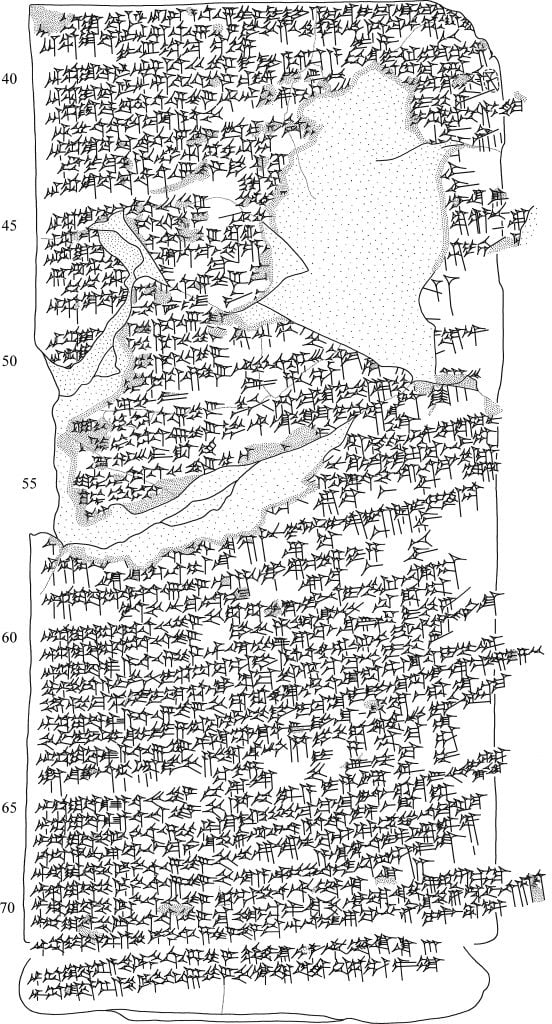Archaeology & History
Ancient Babylonian Tablets Are Finally Deciphered. They’re Full of Bad News
The tablets date back 4,000 years.

The tablets date back 4,000 years.

Richard Whiddington

For the Ancient Babylonians, astrological divination was a tool of serious statecraft. The mercurial gods were believed to place coded signs in the heavens above that foretold the fate of kings, their families, and the lands they ruled over.
In time, astronomers and scholars developed a body of celestial-omen texts that connected these phenomena with their earthy predictions. They were, in essence, troubleshooting manuals for pious kings that came in the form of clay tablets etched with cuneiform script.
Lunar eclipses were one such astrological event closely watched by those who advised Babylonian kings. The four oldest examples of texts centered on the occurrence of the Earth passing between the sun and the moon have now been translated. These belong to the British Museum. Andrew George, a professor at the University of London, and Junko Taniguchi, an independent researcher, teamed up to decipher the 4,000-year-old tablets that are believed to be from Sippar, a prosperous city on the banks of the Euphrates, in what is modern-day Iraq.
“Omens arising from lunar eclipses were of great importance for good statecraft and well-counseled government,” the authors wrote in a paper recently published in the Journal of Cuneiform Studies. “In later periods there is ample evidence to show that astrological observation was part of an elaborate method of protecting the king and regulating his behavior in conformity with the wishes of the gods.”
Lettered A through D, the researchers were able to use spellings and case endings to date the tablets. A and D were made in the 18th century B.C.E., roughly during the reigns of Hammurabi and his son Samsuiluna. B and C date to the 17th century B.C.E.
The tablets largely repeat their information and in total contain up to 61 omens. These are comprised of an observation, “if X happens,” followed by a prediction, “then Y will happen.” Factors used to decipher an eclipse include time of night, the movement of the shadow, duration, as well as the month and day of the year. While some divinations connected to lived experiences, for the most part it was based on a theoretical system that linked the characteristics of an eclipse to various omens.

Tablet A as copied by by Junko Taniguchi for the translation of the Babylonian text. Photo: Journal of Cuneiform Studies/Taniguchi/ George; https://doi.org/10.1086/730483.
The futures foretold were almost uniformly bad news for the empire, though some signaled destruction for Babylon’s enemies. They range from inclement weather, with the warning “the deluge will occur everywhere”; to famine, as in “people will trade their children for silver, there will be a reduction in population”; to general chaos, cautioning “there will be evil in the land, its bounty will disappear.”
Fortunately for the kings, there were ways to counteract these omens, such as seeking out oracles—specialists would be called in to examine the entrails of animals—and performing the prescribed rituals.
First identified in the 1970s by Douglas Kennedy, a Babylonian scholar, the tablets had previously served as a reference used by scholars to show how the genre of lunar eclipse texts evolved over time. They are similar in content to Old Babylonian tablets translated a decade ago connected with Dur-Abiesuḫ, a fortress on the Tigris river near the ancient city of Nippur.
The provenance of the tablets remains murky and are believed to have been purchased by the British Museum from a range of Babylonian antique traders predominantly during the final decade of the 1800s.